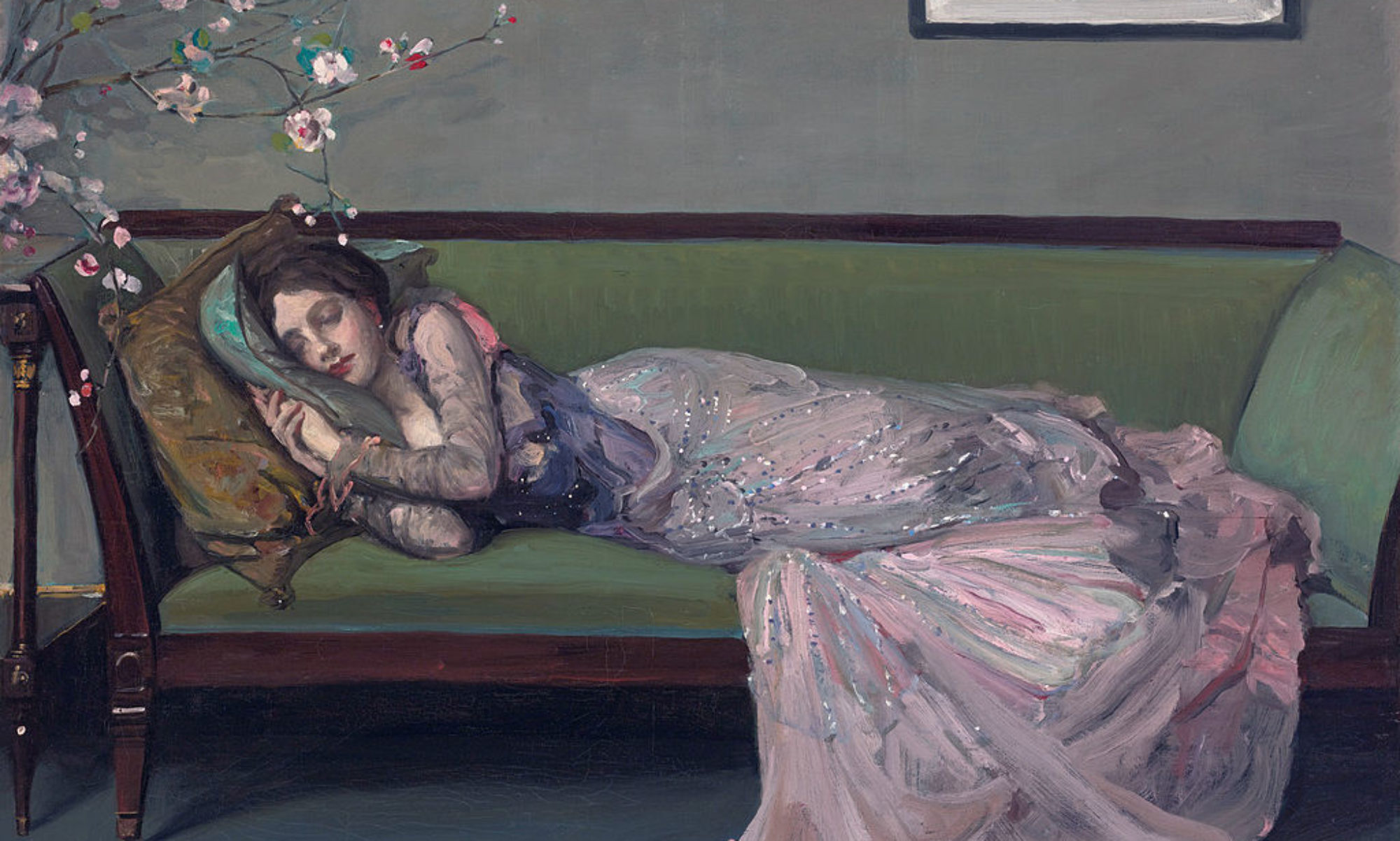I had quite forgotten about Winter Solstice this morning when I stumbled down to the kitchen for chocolate and coffee. I only remembered when my friend sent a text from her annual solstice sunrise pilgrimage. So, in lieu of a cold hike in the darkness to see the cleansing sunrise, I’m posting about the origins of the Yule Log from The Book of Days. A Miscellany of Popular Antiquities in Connection with the Calendar, 1864. I can’t vouch for the correctness of the information presented, but it makes for a good story.
The burning of the Yule log is an ancient Christmas ceremony, transmitted to us from our Scandinavian ancestors, who, at their feast of Juul, at the winter-solstice, used to kindle huge bonfires in honour of their god Thor.

Mårten Eskil Winge
Hmmm, maybe I could celebrate the solstice by watching Thor: Ragnarok by candlelight.
The custom, though sadly shorn of the “pomp and circumstance’ which formerly attended it, is still maintained in various parts of the country. The bringing in and placing of the ponderous block on the hearth of the wide chimney in the baronial hall was the most joyous of the ceremonies observed on Christmas Eve in feudal times. The venerable log, destined to crackle a welcome to all-comers, was drawn in triumph from its resting-place at the feet of its living brethren of the woods. Each wayfarer raised his hat as it passed, for he well knew that it was full of good promises, and that its flame would burn out old wrongs and heartburnings, and cause the liquor to bubble in the wassail-bowl, that was quaffed to the drowning of ancient feuds and animosities. So the Yule-log was worthily honoured, and the ancient bards welcomed its entrance with their minstrelsy.
And here, in connection with the festivities on Christmas Eve, we may quote Herrick’s inspiriting stanzas :
Come bring with a noise,
My merry, merry boys,
The Christmas log to the firing;
While my good dame she
Bids ye all be free,
And drink to your heart’s desiring.
With
the last year’s brand
Light the new block, and,
For good success in his spending,
On your psalteries play
That sweet luck may
Come while the log is a teending. (burning)
Drink now the strong beer,
Cut the white loaf here,
The while the meat is a shredding;
For the rare mince-pie,
And the plums stand by,
To fill the paste that’s a kneading.
The allusion at the commencement of the second stanza, is to the practice of laying aside the half-consumed block after having served its purpose on Christmas Eve, preserving it carefully in a cellar or other secure place till the next anniversary of Christmas, and then lighting the new log with the charred remains of its predecessor.
The due observance of this custom was considered of the highest importance, and it was believed that the preservation of last year’s Christmas log was a most effectual security to the house against fire. We are further informed, that it was regarded as a sign of very bad-luck if a squinting person entered the hall when the log was burning, and a similarly evil omen was exhibited in the arrival of a bare-footed person, and, above all, of a flat-footed woman!




